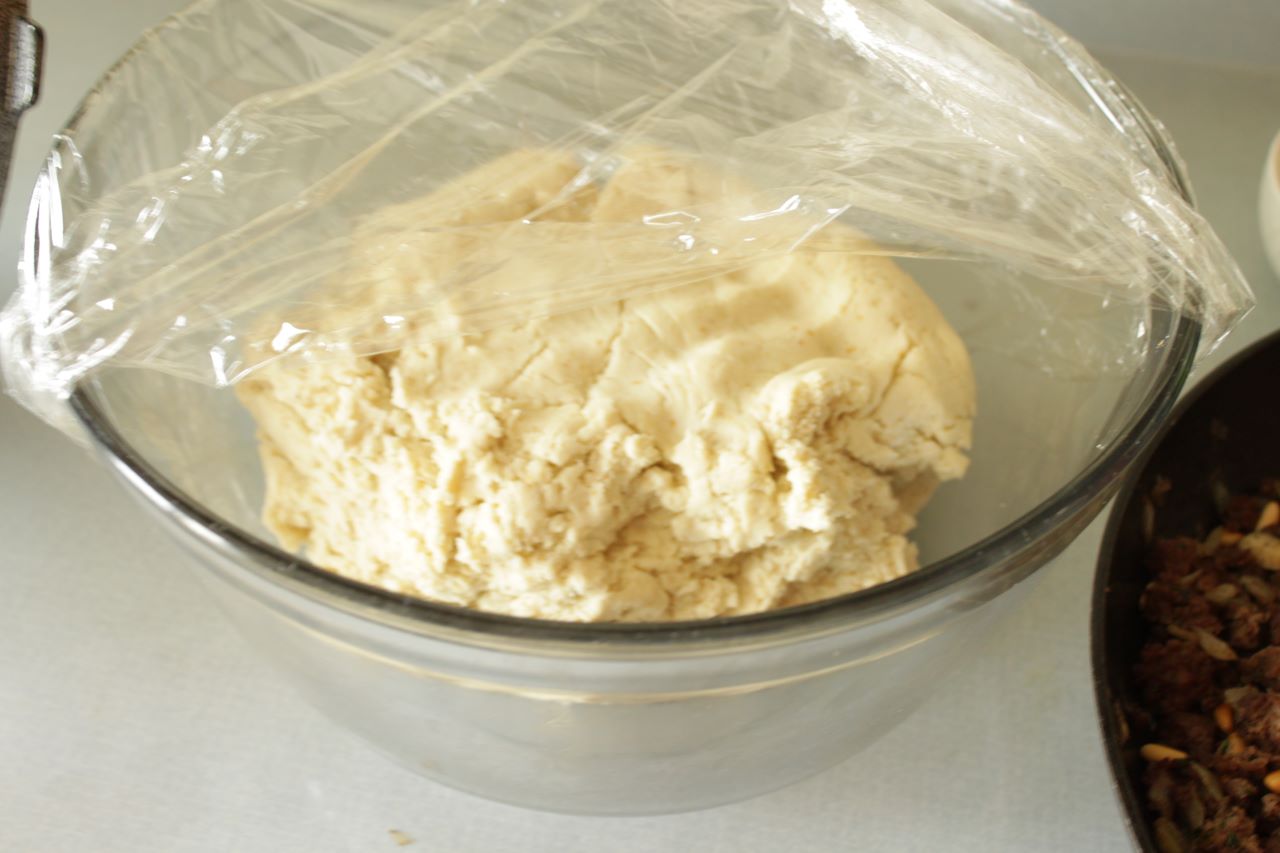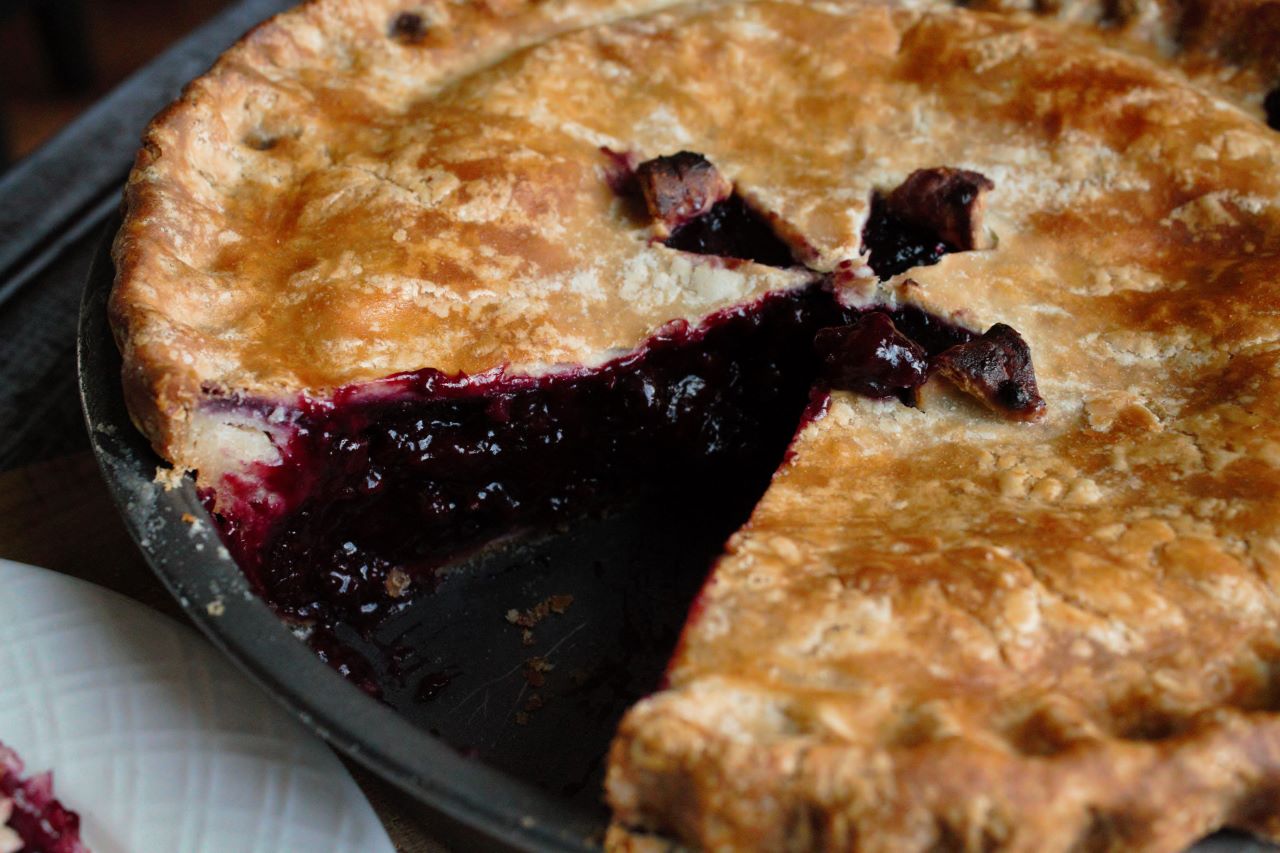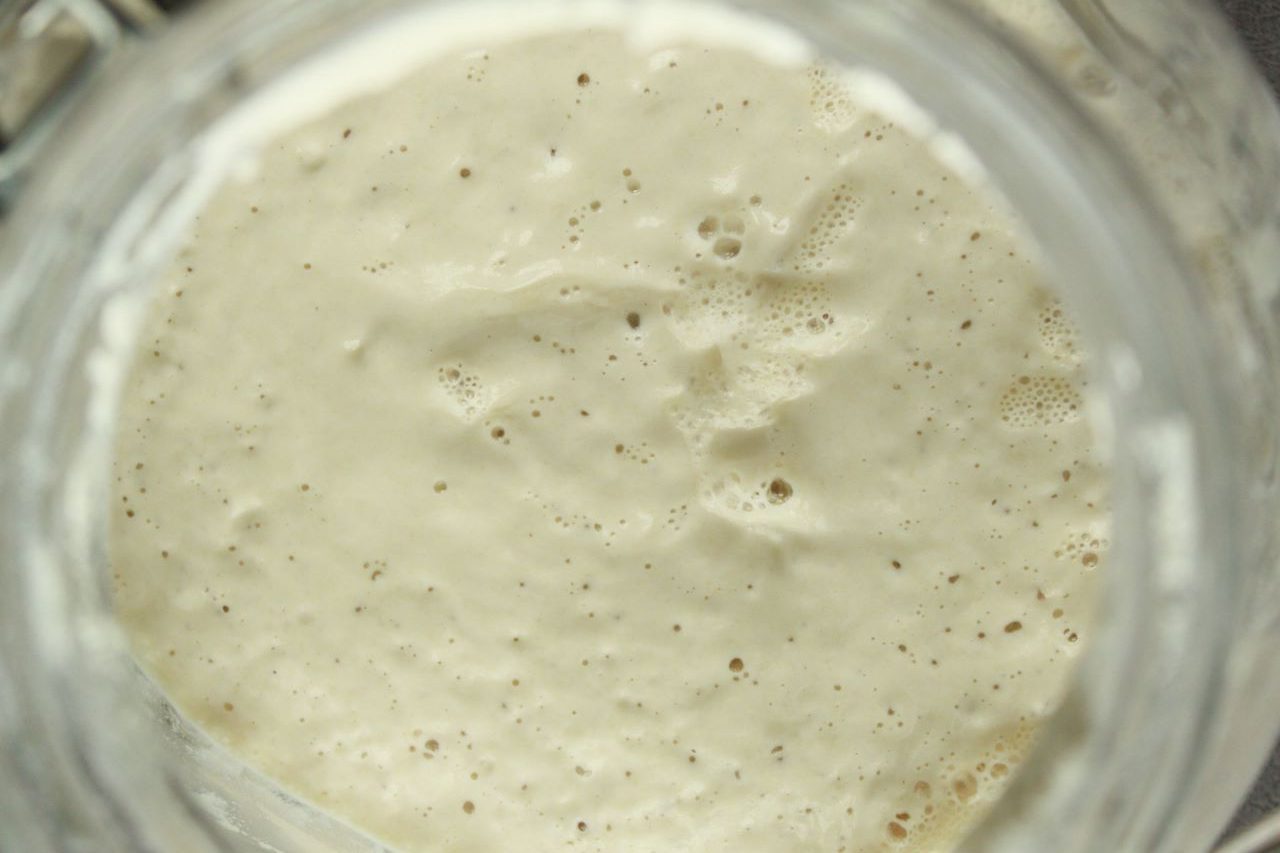This gluten free dough recipe can be used for almost any gluten free dish that requires a dough. It is supper delicious, and I can barely tell the difference between it and the wheat flour dough.
I’ve got you covered in case if you are looking for a great gluten free pizza dough recipe. Just click the link, and you’ll be right there.
INGREDIENTS FOR MAKING THIS GLUTEN FREE DOUGH RECIPE
- Chantal’s Baking flour mix
- salt for enhancing the flavor of the dough.
- sugar works together with salt to give your gluten free dough a great flavor.
- eggs they act as a binder for the dough. They are especially helpful in giving the dough a semi-stretchy texture. This “stretchiness” helps in forming it into whatever shape you want while it is still raw.
If you are allergic to eggs, you can replace it with 1 tablespoon psyllium husk and 2 to 3 tablespoons water. You may need to adjust the amount of water you add depending on how “wet” the dough turns out to be in the end. - olive oil I personally prefer to use Extra Virgin Olive Oil to make this dough. However, if you do not want the flavor of the olive oil to show up, you can use regular olive oil, or any oil with no to minimal flavor.
- lukewarm milk this will give the dough an extra smooth flavor, and a flaky texture once it’s baked.
- lukewarm water for additional moisture, but also to not overwhelm the dough with fat from both the milk and the oil. Both milk and water should be lukewarm. This is essential if you want the dough to rise quickly.
- baking powder almost all gluten free baked or fried goods require baking powder to help them rise.
- active dry yeast to act both as a rising agent and flavor enhancer.
- xanthan gum to help the dough keep its structure and not fall apart after being baked or fried.
UTENSILS
HOW TO MAKE SURE YOUR YEAST IS ALIVE
I find that proofing the yeast isn’t a necessary thing, but if you are unsure of weather your yeast is viable or not, then it is prudent to proof it.
I usually keep my yeast in the fridge, and I use it often. So I know that it is definitely not bad because it runs out so quickly.
To proof the yeast, you’ll need to mix it in with the warm liquids, and some sugar to activate the yeast, and for it to begin feeding on it. This is what will cause the yeast to froth up. The froth, or bubbles that you see on the surface of the liquid are the result of a good yeast.
If you do not see any froth or bubbles after allowing the yeast to proof for 10 to 15 minutes, then it is either dead, or you might have killed it.
Did You Kill Your Yeast?
Killed it? How can you kill yeast you ask? Exposing yeast to high temperatures such as 120 F and above will definitely kill the yeast. You want to make sure that the temperature of the liquids that you are putting the yeast in is well below 120 F.
If you do not have a thermometer, you can do what I do, and what generations of people used to do. Which is to stick your finger in the liquid. If the liquid feels lukewarm and does not burn your finger after leaving it there for a few seconds, then it is probably safe to use it to proof the yeast in.
HOW TO MAKE GLUTEN FREE DOUGH
After you have proofed the yeast with the milk, sugar, and water, add in the egg to the yeast mixture and mix it well.
Preparing the Dry Ingredients for the Gluten Free Dough
To prepare the dry ingredients, in a separate bowl, mix in the flour, You’ll definitely want to use Chantal’s Baking Flour Mix, salt, xanthan gum, and baking powder.
Add in the olive oil to the dry ingredients and rub it well in between your hands. You want to make sure that the olive oil is distributed equally among every grain of flour, and that you have no lumps.
I am not exactly sure what this step does, but this is what my mamma taught me when she taught me how to make a wheat sambousek dough. So just take a leap of faith, and do this step. I assume that what this step does, is to ensure the flakiness of the dough, kind of like what you do when you are making a pie crust, or croissant.
Incorporating the Wet Ingredients into the Dough
After you have well incorporated the olive oil into the dry ingredients, it is time to add in the wet ingredients.
Start mixing it with a wooden spoon. This can really get messy at the beginning if you try using your hands, but if you do not mind the messiness, go ahead and use your hands.
After the dough comes together a bit, and becomes too dry to handle with a wooden spoon, switch to your hands if you haven’t already.
Mix it really well. You will start to feel that the dough begins to resemble a wheat dough in its smoothness.
Knead it for about 3 to 5 minutes, or until really smooth and “feels elastic”. I say feels elastic, because it will never become elastic since it has no gluten protein in it to cause it to have this elasticity. However, it can have the feel of what an elastic dough could feel like. Which is the ultimate smoothness.

Troubleshooting the Gluten Free Dough
If the dough feels too sticky after you have kneaded it well, you can add in a little bit of the flour mixture to accommodate for that. Do not add too much at the same time, as you might end up with a really crumby dough. You’ll want to add in the flour a tablespoon at a time.
Vise versa, if your dough is too dry, add in 1 tablespoon of milk at a time. I prefer to add milk instead of water. Milk contributes to the flakiness of the dough while water does not. Any type of milk weather dairy or not has the fat contents which water lacks. Fat is what causes the dough to be flaky.
If you want a super flaky dough, you could omit the water all together and use milk in its place.
After you are done mixing, and are satisfied with the texture of the dough, cover it with a damp towel or with shrink wrap. If you leave the dough out in the open even just for a minute, it will begin to dry out.
WHAT CAN YOU USE THIS GLUTEN FREE DOUGH RECIPE FOR


There are many uses for this dough. I will be sharing many recipes on how to use this dough in the future. For now you can check out my Sambousek recipe. It uses this dough to make samosa, like hot pockets, but the Mediterranean version instead.
You can bake this dough at 400 F for 15 minutes. You could also fry it at 350 F until gloden brown.

MORE GLUTEN FREE RECIPES RIGHT HERE!
Gluten Free Donuts Recipe – Middle Eastern Vegan And Nut Free Donuts
Vegan And Nut Free Gluten Free Soft Pretzels
Shish Tawook Mediterranean Chicken Shish Kabob Recipe

Gluten Free Dough Recipe
Equipment
- Large mixing bowl
- Wooden Spoon
- Measuring cups
- Measuring Spoons
Ingredients
- 2 ½ cups of Chantal’s Baking flour mix
- 1 teaspoon salt
- 1 teaspoon sugar
- 1 large egg
- ¼ cup olive oil
- 3/4 cup warm milk
- 1/3 cup warm water
- 3 teaspoons baking powder
- 2 teaspoons active dry yeast.
- 1 teaspoon xanthan gum
Instructions
- (You can warm your milk in the microwave using a microwave safe container. Make sure it is warm enough to stick your finger in it and not burn it if you kept it there for longer than 30 second. If the temperature is too high, it will kill the yeast). You could use Lactaid milk (that is what I use), almond milk, or coconut milk if you are lactose intolerant.
- To proof your yeast, mix the milk, water, and sugar together. Add yeast to the mixture, and stir it for a few seconds. Cover with a plate or a shrink wrap, and set aside in an insulated place such as the microwave, or the oven WITHOUT turning them on. Let the yeast proof for 10 minutes.
- Beat the egg in with the yeast mixture, and set aside.
- Mix in the flour, salt, baking powder, and xanthan gum. Add in the olive oil, and mix with your hands. Rub the mixture in between your hands to ensure that the olive oil is well distributed among the flour.
- Add the yeast mixture to the flour mixture.
- Begin stirring with a wooden spoon until the dough is easy enough to handle by hand.
- Using your clean hands, knead the dough until smooth.
- You may need to add either warm milk or my all-purpose flour mix (depending on your altitude, or how humid or dry your environment is) until the dough consistency feels smooth like an elastic wheat dough. Except that our dough will not be elastic. If you do need to add milk, add it in 1 tablespoon at a time to ensure that you will get the desired consistency. The same applies if you were to add flour.
- You can use this dough with many Mediterranean recipes. The average baking temperature and baking time for this dough are 400 F for 15 minutes. This dough can also be fried at 350 F until golden brown. Read on to find out the many uses of this dough!
Video
Notes
Disclosure: Some of the links in this post are “affiliate links”. This means if you click on a link and purchase the item, I will get an affiliate commission. It will not cost you any extra money, but it will help me pay for this website, and it will help me to keep providing you with helpful articles such as this one. I only post links to products that I personally use and love, or to products that I wish I could have, and that could be of value to you. The information that I provide you with, my blog, videos, and many resources are free.





Be the first to reply